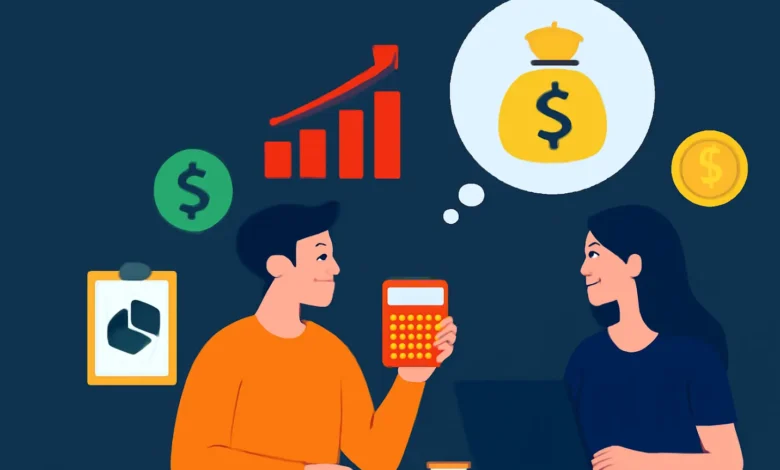Unlocking Financial Freedom: How Financial Education Empowers Users

In an increasingly complex world, financial education has become more crucial than ever. Whether it’s managing personal finances, planning for retirement, or making investment decisions, financial literacy equips individuals with the knowledge they need to make informed choices. As reported by Thenationonlineng, financial education serves as a powerful tool that not only improves economic outcomes for individuals but also fosters greater financial inclusion. By understanding basic financial concepts such as budgeting, saving, and investing, users are able to navigate the complexities of modern finance with confidence and clarity.
The Growing Need for Financial Literacy
With global economic shifts and the rise of digital currencies, financial decisions are more complicated than ever. From credit card debt to student loans, managing finances requires understanding the long-term effects of everyday choices. Financial education provides individuals with the skills to make informed decisions that can impact their current and future financial health. This is particularly important as personal financial management can directly affect the quality of life for individuals and families. A lack of financial education often leads to poor decisions, such as overspending or not saving enough, which can result in long-term financial struggles.
Empowerment Through Knowledge
Financial education empowers individuals by giving them the tools to make better financial choices. Once people understand the basics of money management, they can make more informed decisions, avoid common financial pitfalls, and build wealth over time. Knowledge in areas like budgeting, saving, investing, and debt management allows users to take control of their finances and avoid reliance on credit or loans. Financial empowerment can also lead to more confident decision-making regarding major life events such as buying a home, starting a business, or planning for retirement.
Bridging the Financial Gap
One of the most significant benefits of financial education is its ability to bridge the financial gap. For many people, especially those in low-income or marginalized communities, access to financial resources is limited, and financial knowledge is often scarce. By providing education on money management and financial planning, individuals are given the tools they need to improve their financial well-being, build assets, and escape the cycle of poverty. Financial literacy can be the key to reducing financial inequality, enabling people from all walks of life to access the same opportunities for economic advancement.
Practical Applications of Financial Education
Financial education isn’t just about theory; it has real-world applications that can significantly improve an individual’s financial outcomes. For example, individuals with strong financial literacy are more likely to have an emergency savings fund, make smarter investment choices, and manage debt more effectively. They also tend to understand the importance of building good credit and are better equipped to evaluate financial products, such as loans and mortgages, with an informed perspective. This practical knowledge empowers individuals to make decisions that align with their long-term financial goals.
The Role of Technology in Financial Education
Technology has revolutionized how people learn about financial management. Online platforms, apps, and educational courses provide individuals with easy access to financial education. These resources allow users to learn at their own pace, access valuable tools like budgeting calculators, and track their financial progress. In addition, financial technology, or “fintech,” has made it easier for people to invest, save, and plan for retirement. The rise of robo-advisors and online investment platforms has lowered the barrier to entry for investing, enabling users to start with small amounts and grow their wealth over time.
Challenges in Achieving Widespread Financial Literacy
While financial education offers vast potential, there are still significant barriers to widespread financial literacy. Socioeconomic factors, limited access to quality resources, and a lack of formal financial education in schools are just some of the challenges that prevent people from accessing the knowledge they need. In many countries, financial literacy rates remain low, particularly among younger populations and those in economically disadvantaged areas. However, efforts to overcome these barriers are underway, with governments, NGOs, and financial institutions working together to provide educational programs and resources to those in need.
Conclusion
The power of financial education lies in its ability to empower individuals to take control of their financial futures. By providing users with the knowledge and tools they need to make informed decisions, financial education can improve personal and community financial well-being. As more people gain access to this valuable resource, we can expect to see increased financial independence, reduced inequality, and a more financially savvy population overall. Financial education is a key investment in the future—one that empowers individuals, families, and communities to achieve long-term success.





